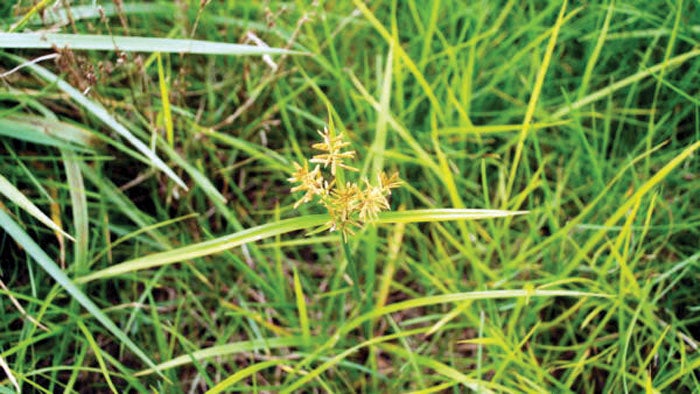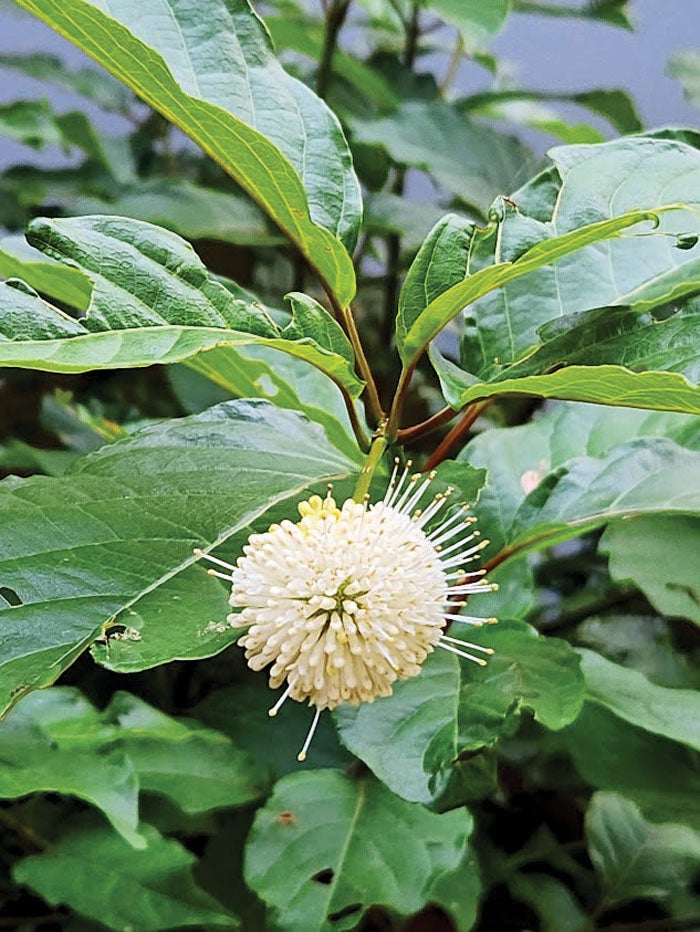H&G Q&A: High temps and humidity bring in questions
Published 12:00 am Saturday, July 29, 2023
It’s July and extremely high temperatures and humidity always keeps homeowners and gardeners busy. Below are questions posed by friends at local restaurants and church over the past few weeks about their plants and other problems.
Question: We have some type of grass growing in our flower beds that grows even more when we pull it up. Can you identify this grass and steps on controlling this weed?
Answer: You have yellow nutsedge. Yellow nutsedge is a very difficult weed to control. Most think of the weed as a type of grass, but it’s actually classified as sedge. The blades are triangular shaped and grow very rapidly, especially in hot, humid weather that we’ve experienced over the past few weeks. Unfortunately yellow nutsedge forms tubers (nuts) at the tips of the rhizomes. During the growing season, plants spread by rhizomes or underground stems producing “daughter plants.” Yellow nutsedge begins forming tubers at the tips of the rhizomes maturing in late July to mid-August. Spot spraying with a systemic herbicide such as glyphosate (Roundup) will control the newly emerged nutsedge, however the sprouts below ground generally continue to emerge and continue to be a problem. Many landscape maintenance professionals prefer to use a post-emergence herbicide with the active ingredient Halosulfuron-methyl to control the weed. It’s often sold as Sedgehammer or other trade names in local garden shops and retail outlets. Go to http://www.clemson.edu/extension/hgic/pests/weeds/hgic2312.html for more detailed information about the yellow and other sedges.
Question: We have a shrub growing at the edge of the water at our dock at High Rock Lake that has a very interesting white ball-shaped flower. It is in full bloom now. Can you tell me what type of bush this is?
Answer: Shrub is a button bush (Ephalanthus occidentalis). This is a deciduous shrub that can grow in all areas of the state. It has unusual while blooms appearing from June until September. The shrub must have consistently moist to wet, rich soils in full and partial sun for ample blooms. It grows well in swampy areas, lakes and ponds. It can grow in water up to 3 feet deep. There is a dwarf cultivar now available for natural areas in the landscape. Go to https://plants.ces.ncsu.edu/plants/cephalanthus-occidentalis/ for more detailed information on this very unusual plant.
Darrell Blackwelder is the retired horticulture agent and director with the North Carolina Cooperative Extension Service in Rowan County. Contact him at deblackw@ncsu.edu.




